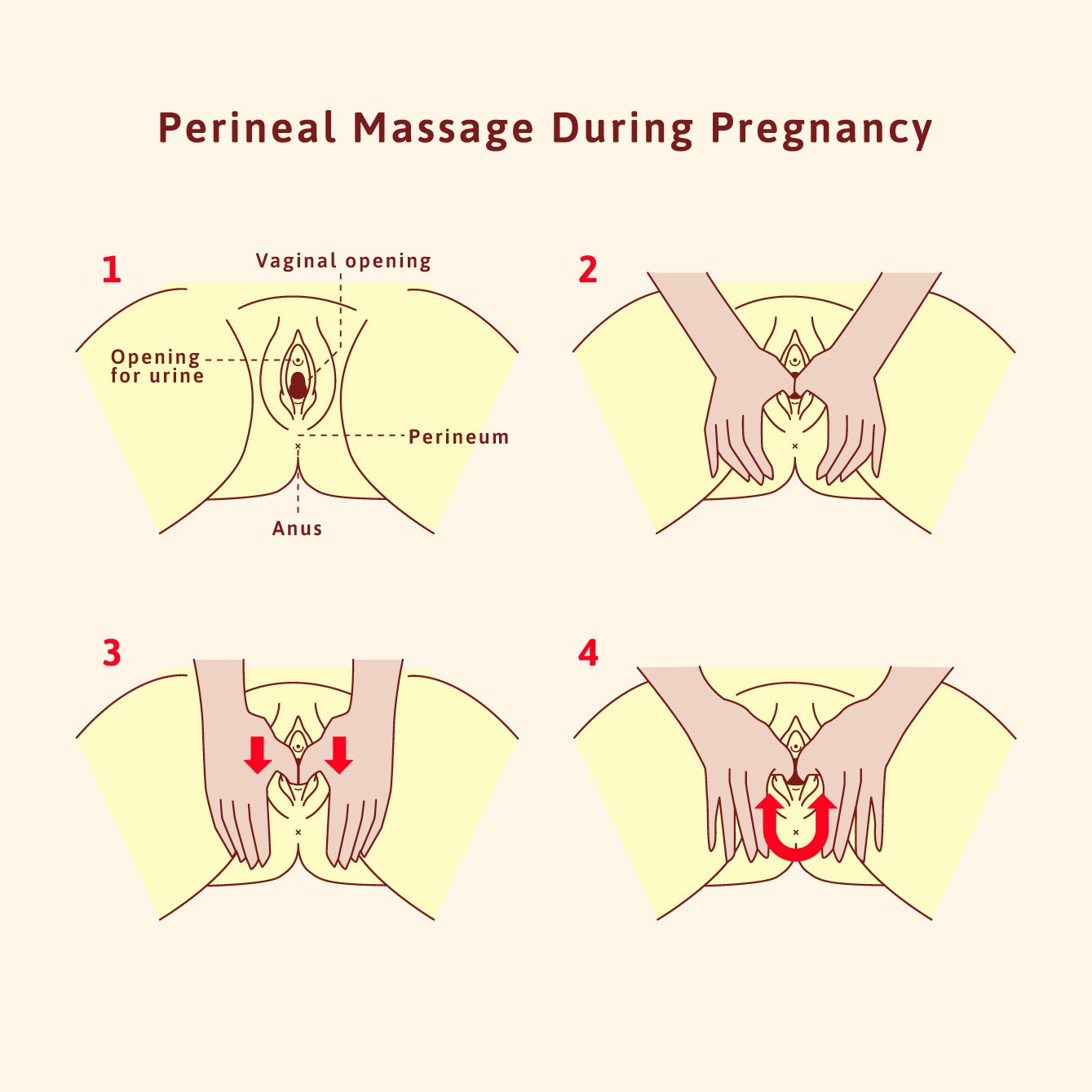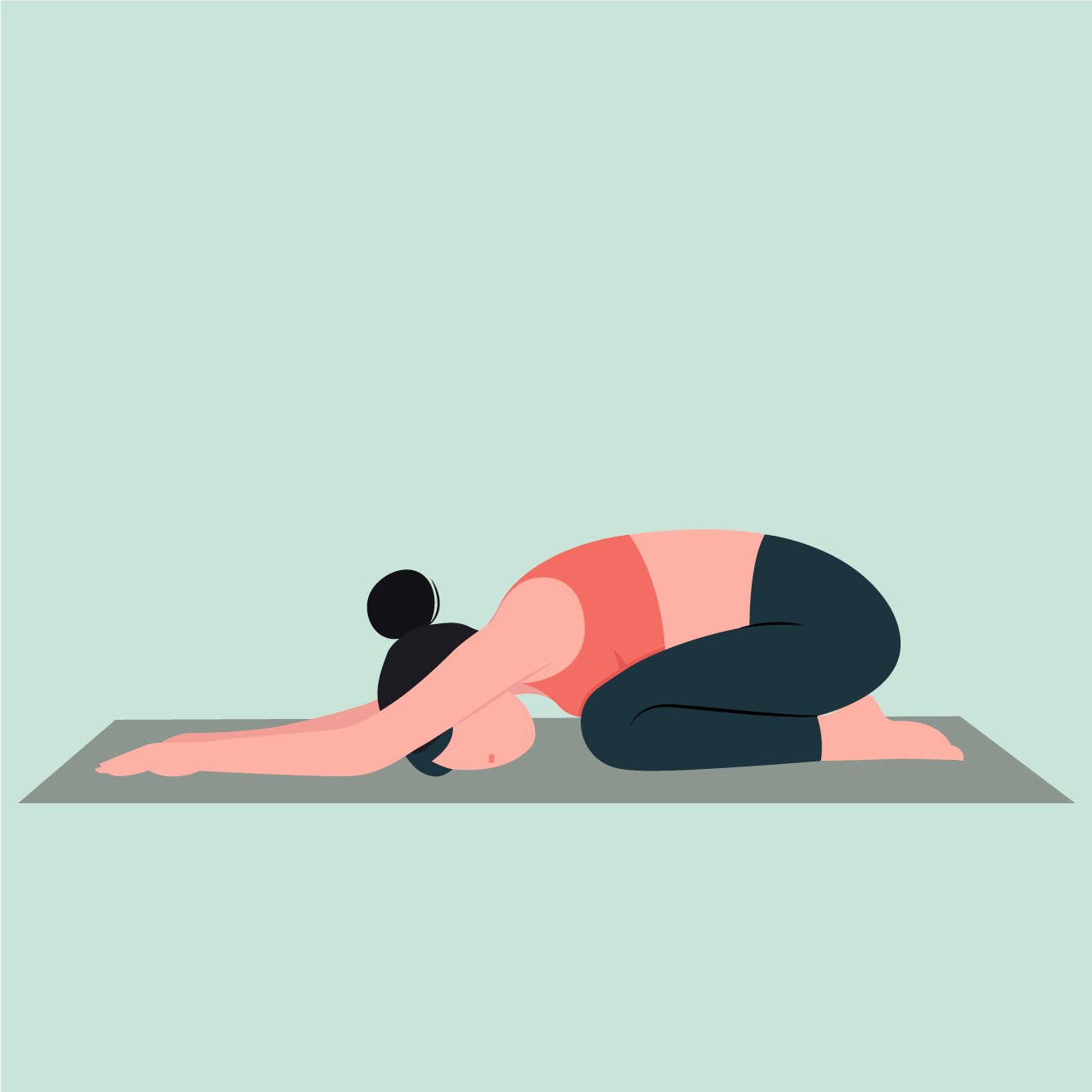How To Prepare Your Pelvic Floor For Delivery
Childbirth is a miraculous and transformative process. It is also an experience that many mothers describe as far from easy. While it's natural to focus on the impending arrival of your little one, it's equally important to pay attention to your own physical well-being. It’s time to pay attention to your pelvic floor. A well-prepared pelvic floor can help facilitate a smoother labor and easier postpartum recovery. Below, we'll talk about the role of the pelvic floor in childbirth and review exercises to prepare ourselves for a successful delivery.
ROLE OF THE PELVIC FLOOR IN BIRTH
When you hear pelvic floor, what is your first thought? It’s likely the word “kegel”, which is synonymous with a pelvic floor contraction. Why do we do kegels? Most women start doing kegels because they notice incontinence, the leakage of urine. To prevent things from coming out of the pelvic floor, we do kegels to strengthen these muscles and keep things, like urine, in. So, if the goal of childbirth is to get your baby OUT, kegels are the OPPOSITE of what we want to do. The pelvis needs to be able to open as much as possible with flexible pelvic floor muscles that stretch and lengthen maximally so they do not tear as you deliver your baby.
WHEN TO START
It takes any muscle 6-8 weeks to change physiologically. Considering this foundational principle, it is ideal to begin preparing for delivery at the 32-week mark.
WHAT TO DO
Opening up the pelvis and expanding the pelvic floor muscles can be achieved via positional stretching and massage— the same way we would treat any other tight muscle. We want to use our breath to help stretch these muscles, with an inhale to feel the pelvic floor move down and stretch more. This will help create a third dimension of mobility in the direction we need it most come childbirth. Try these three positions below, holding for 3 sets of 10 slow, controlled breaths.
1: Frog Squats
2: Swiss Ball Circles
For this one, try moving your hips around clockwise for 5 breaths, then counterclockwise for another 5 breaths.
3: Happy Baby
Manual Stretching- Perineal Massage
Just like how we massage a tight hamstring to help it move, we can do the same for the pelvic floor. As long as you are not on pelvic rest, your water has not broken, and you have no active infections, you can start incorporating this at 32 weeks. You can do this independently on yourself or enlist the assistance of your partner. Follow the instructions below.
Lie on a reclined position with your knees supported by a pillow.
Apply a good quality water-based, fragrance-free lubricant (if you wouldn’t put it in your eyeball, it probably should not go in your vagina).
Insert your thumbs or fingers right into the opening of the vaginal canal, only going as deep as your first knuckle.
Apply pressure down towards your booty, then sweep your fingers apart, GENTLY stretching the perineum and muscles in a “U” shape.
Think of your vaginal opening like a clock, with 12 being the top by your pubic bone, and 6 being right above your bootyhole. Work in the 3-9 o’clock range with constant pressure.
Practice deep, even breathing and releasing your pelvic floor muscles, even through the tight or burning sensation. It will get better and easier. Think about creating space in the vaginal canal and breathing into your hands.
Do this 3-5x/week for 15-20 minutes.
Progress to using a dilator or vibrator and practice this in different positions such as side-lying, squatting, all-fours, and high kneeling.
Making these four items part of your postpartum routine will pay off come delivery time! If you have questions about these exercises or are curious about additional push preparation before the big day, book a free consultation at the link in the top right hand corner.
Other Posts You Might Like



















